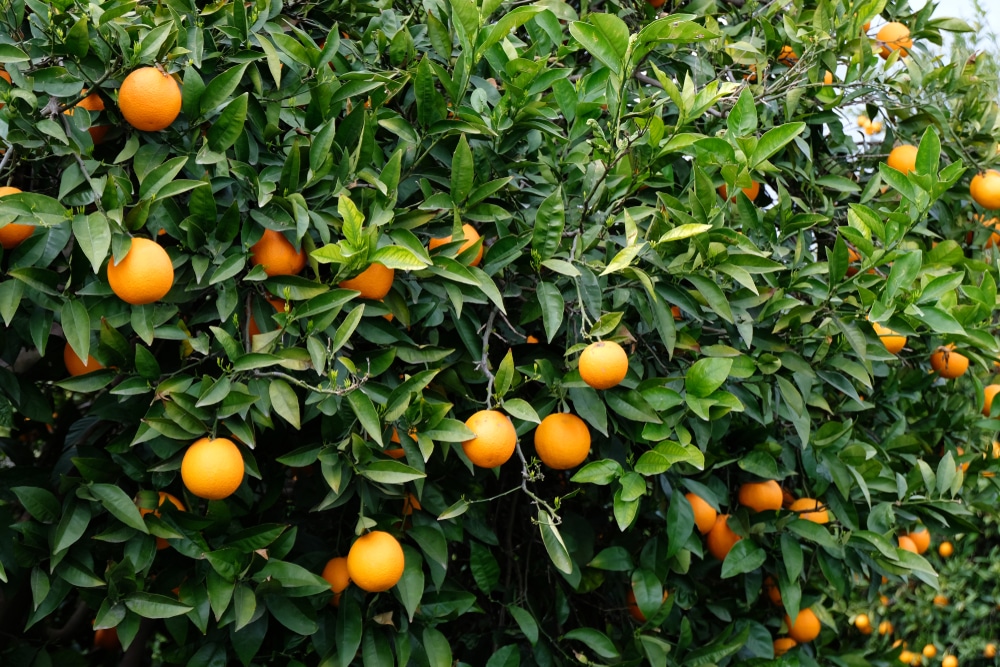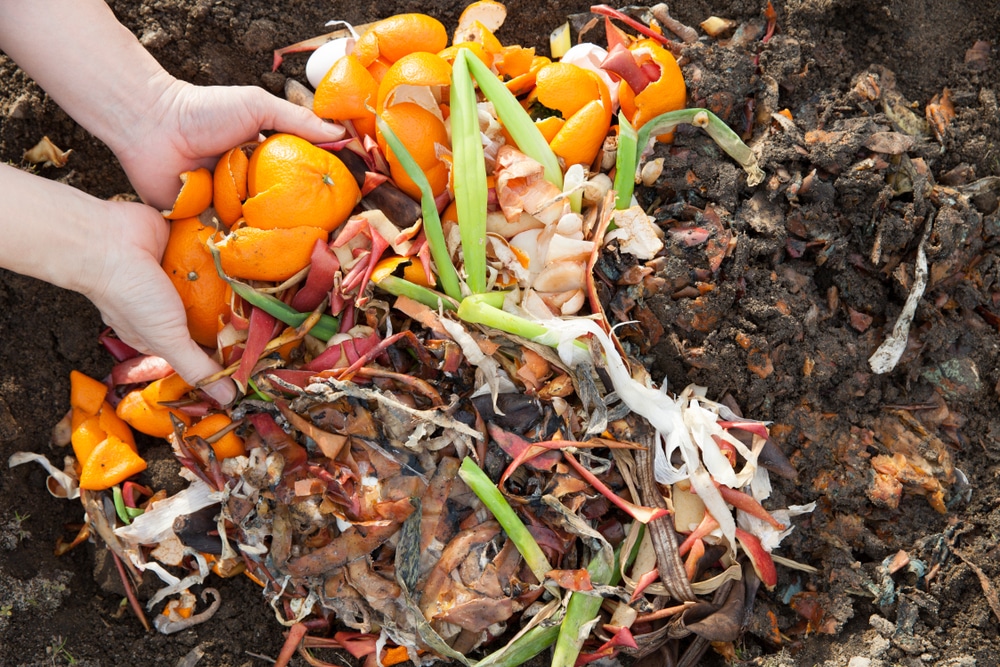A lot of gardeners ask the question, “Are orange peels good for plants?” There are many ways to use citrus in your garden because they have a high concentration of essential nutrients that are beneficial. They contain a great amount of nitrogen and phosphorus, which is absorbed by the roots and helps with healthy growth. This article will look at how to use orange peel to improve plant health.
Are orange peel good for plants?

Orange peels are rich in nutrients and minerals, including nitrogen, potassium, and phosphorus, which help promote plant growth. These nutrients are included in commercial fertilizers. Using orange skins instead allows you to create an acidic organic fertilizer.
Additionally, orange peels can be used to add a pleasant fragrance to your yard and curb pests. Insects such as spider mites, aphids, and mealybugs don’t like the smell of citrus. Orange juice, oil, and peel can also be used as a deterrent for animal pests such as skunks, chipmunks, and squirrels.
One way to use orange peel in your garden is by adding it directly to the soil. Simply chop or grate pieces of peels and mix them into your soil before planting. Orange peel is particularly beneficial for evergreen shrubs and deciduous trees.
Alternatively, you can add citrus peels to a bucket of water, let it soak for a few days, and then use this liquid as a base for fertilizer. Finally, grated orange peel can be added to house plant soil to feed plants that like to grow in acidic soil.
Natural pesticide
Another way to use orange peel in your garden is by soaking it in water and making a spray solution. Simply add pieces of peels to a bucket of water, let it sit overnight, and then strain the liquid into another container using cheesecloth or mesh. You can then use this liquid as a natural pesticide, adding a few drops to any plant that insects are attacking.
Creates acidic soil
Many plants like to grow in slightly acidic soil with a pH range of between 5.5 and 6.5. If you’ve tested your soil and found it’s alkaline or neutral, you can add some orange skin to make it more acidic.
Some examples of plants that grow best in acidic soil include beech trees, willow, oak, and dogwood. Shrubs such as azalea and rhododendron also do well in slightly acidic soil. These plants can be top dressed with compost that contains orange skin annually to help maintain soil health and pH range.
Can I put orange peel in the compost?
You can add orange peel to your compost pile. The peels will break down over time and provide nutrients to support the growth of microorganisms in the compost. Additionally, they can help keep pests away from your compost pile by acting as a natural repellent.
That being said, ensure you add a lot of other organic matter to your compost pile. Compost with a high concentration of orange skin will become too acidic, affecting beneficial microorganisms. When a compost heap becomes too acidic, worms will die, and the structure of the compost will change.
To avoid problems, ensure you add plenty of grass cuttings, weeds, and straw to your compost and other food scraps.
Conclusion
Overall, there are many ways to use orange peel in your garden to promote healthy growth and attract beneficial organisms. Whether you add it directly to the soil or make a spray solution, orange peels can be a great addition to your gardening routine!
